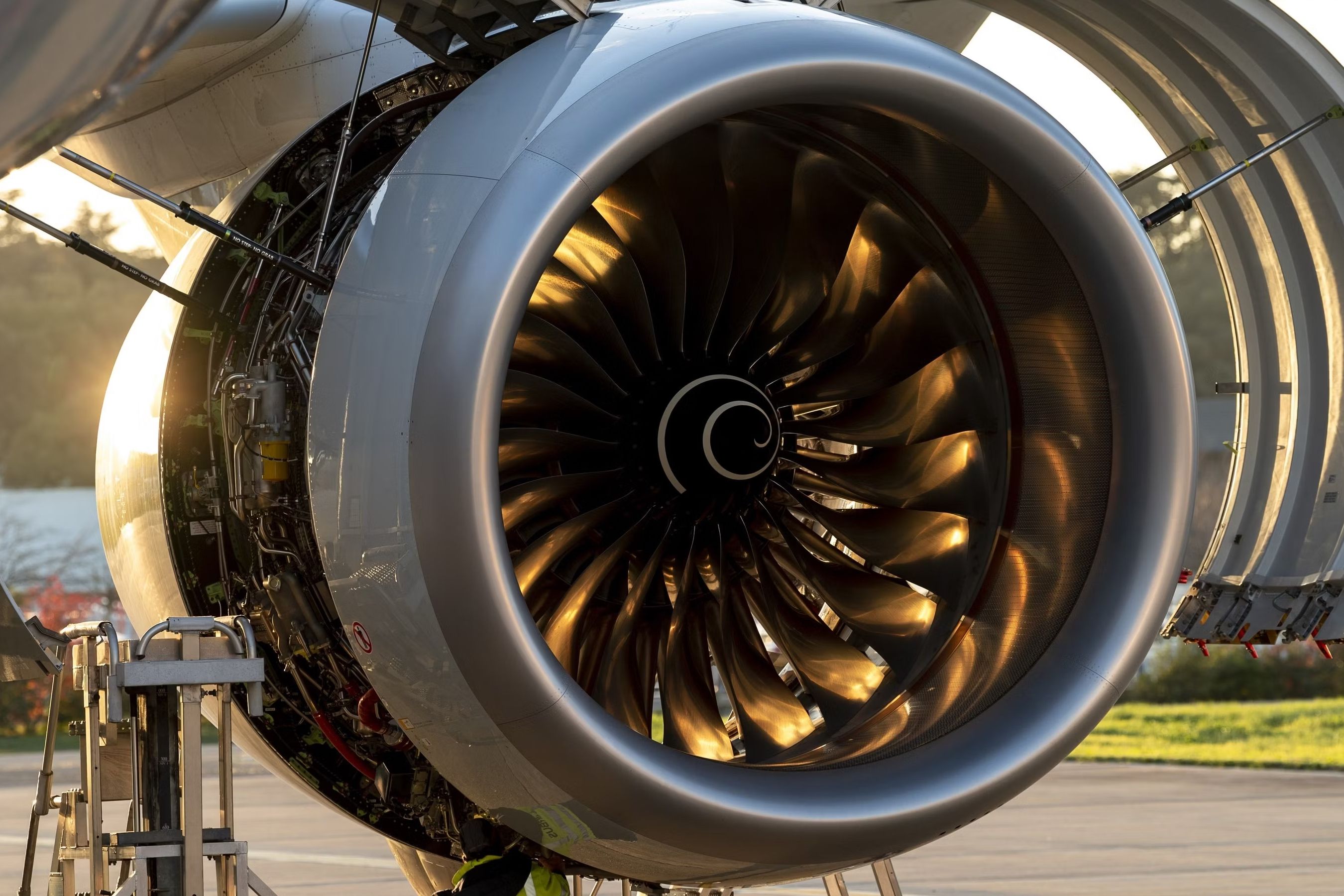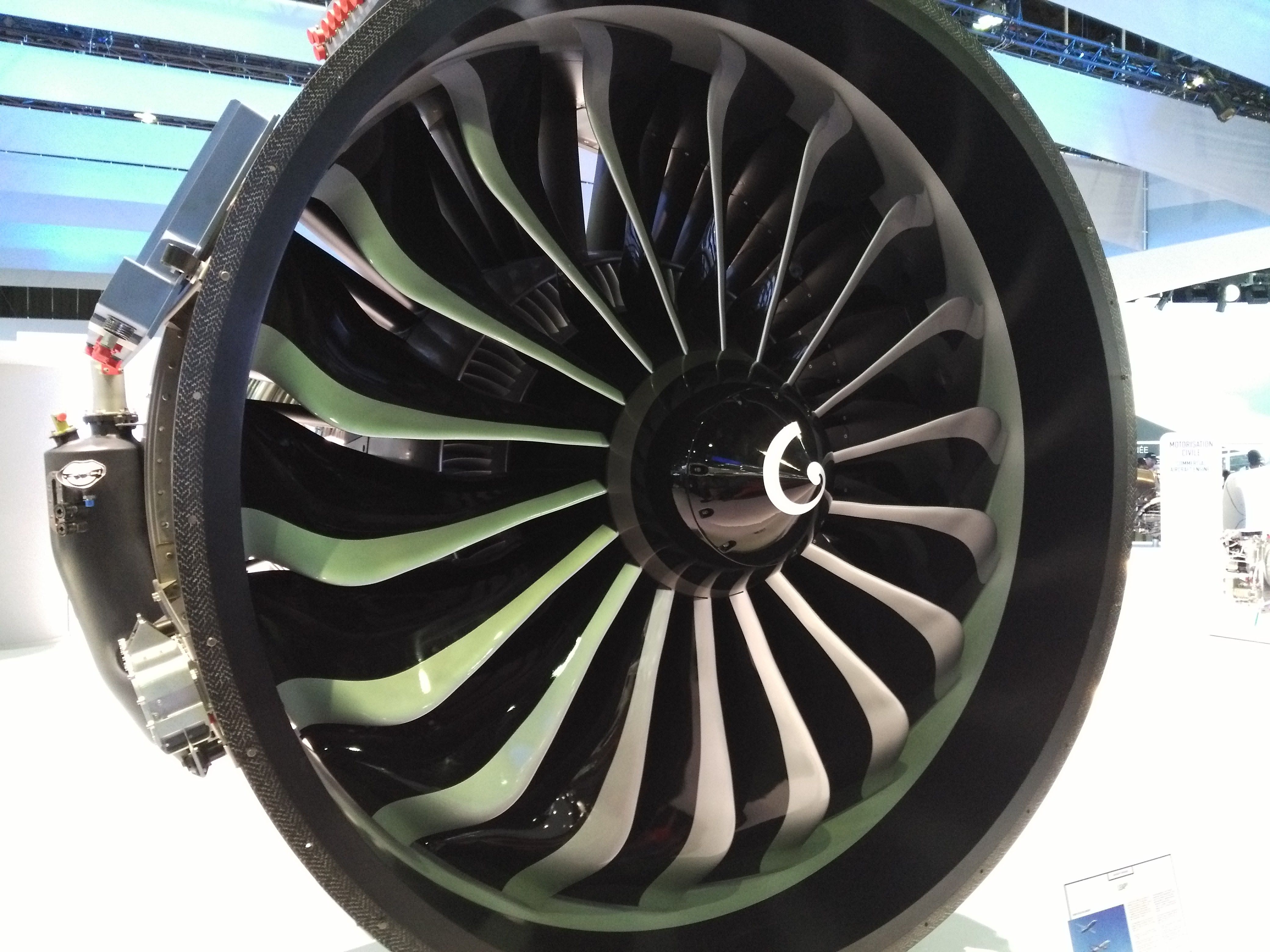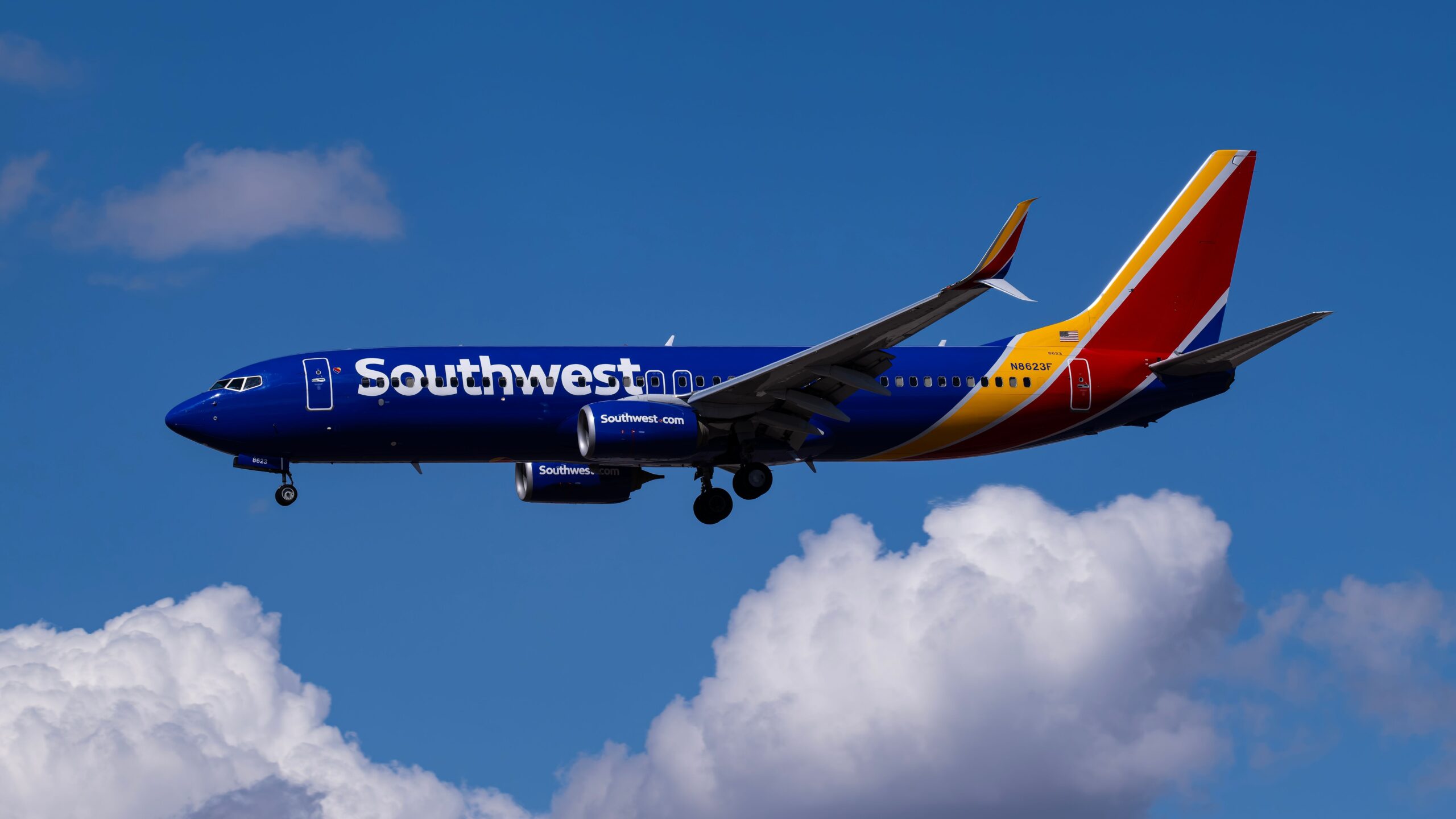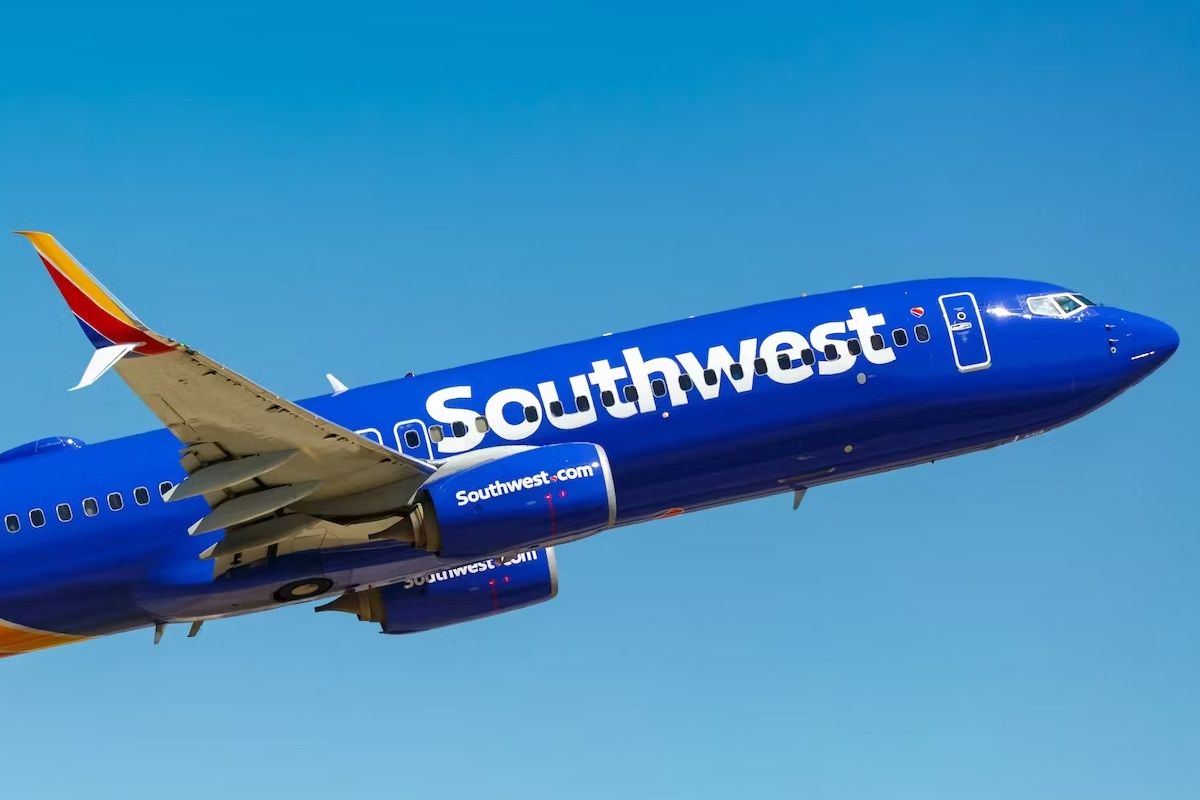Summary
- Southwest Airlines Boeing 737-800 diverts back to Chicago due to engine overheating warning.
- Aircraft landed safely at Chicago O’Hare with no reported injuries.
- Passengers reached Montego Bay seven hours late after boarding a replacement aircraft.
A Southwest Airlines Boeing 737-800 was forced to divert back to Chicago after the crew received an engine overheating warning. After taking off from Chicago Midway, the flight landed safely at Chicago O’Hare just over half an hour after departure with no reported injuries.
Southwest 737 engine temperature warning
As per The Aviation Herald, the aircraft had been operating Flight WN1042 from Chicago Midway (MDW) to Montego Bay (MBJ) on June 25th, taking off from MDW’s runaway 31C at 10:23 local time. However, the flight crew stopped the aircraft’s climb at around 4,000ft altitude and communicated with air traffic control (ATC) that they needed to conduct checklists and planned to remain in the area. Soon after, WN1042 requested permission to land at Chicago’s other airport, Chicago O’Hare (ORD), clarifying that they were not declaring an emergency and did not require any emergency services on the ground.

Related
Keeping Cool: How Jet Engines Avoid Overheating
Specific mechanisms must be in place to control the overheating of jet engines.
The flight crew had reportedly received an engine overheat indication soon after taking off, prompting the decision to make a quick landing. The 737 would land safely on ORD’s runway 28C at 11:01, just under 40 minutes after take off. The jet is powered by two CFM International CFM56-7B27 engines – the CFM56 is the most-produced commercial engine in history with over 30,000 built and powers the global Boeing 737NG and Airbus A320-family fleet.
Photo: Markus Mainka | Shutterstock
Passengers were boarded onto a replacement aircraft, a Boeing 737 MAX 8, and would arrive in Montego Bay at around 21:30 that evening, representing a delay of approximately seven hours. Simple Flying has reached out to Southwest Airlines and CFM International for comment and will update this story accordingly.
N8623F – Boeing 737-800
The aircraft involved in this incident is a 10-year-old Boeing 737-800, registered as N8623F, delivered to Southwest Airlines in December 2013. Data from ch-aviation shows the airframe has accumulated over 35,000 flight hours and almost 17,000 flight cycles.
The aircraft remained in Chicago overnight before flying out to Dallas the next day, operating Flight WN8505 – tracking data from Flightradar24 shows that the plane has since re-entered regular service.

Related
The Engine Of The Future: How Does The CFM LEAP Differ From The CFM-56?
The CFM LEAP engine provides over 15% greater efficiency while retaining the reliability of the CFM-56.
According to X account FL360aero, this plane was involved in a possible engine fire incident during takeoff in April. On that occasion, the flight crew aborted their takeoff roll after receiving an engine indication, and emergency services were needed to extinguish an engine fire.
Earlier this year, another of Southwest’s 737-800 aircraft was involved in a concerning incident when the cowling fell off one of its CFM56 engines. This happened soon after take-off, with the cowling striking a wing flap before the plane landed safely back in Houston.
Have you ever been on a flight that experienced engine trouble? Let us know your stories in the comments section.


